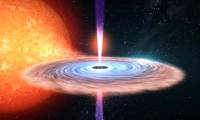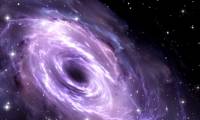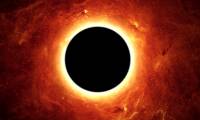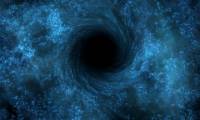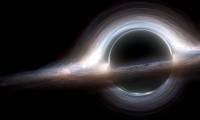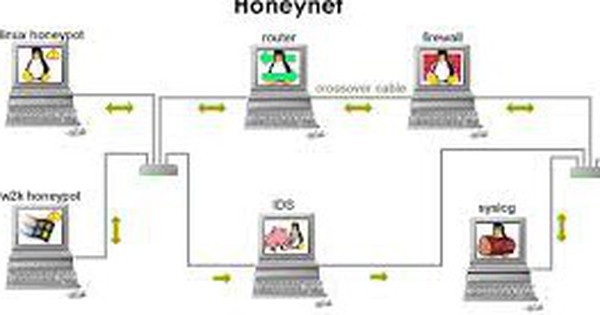
the energy emitted from the sun in 1 second can heat up 3,200 billion fast meals.
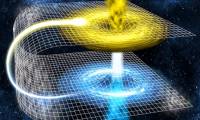
in 2017, scientists discovered many interesting things, helping people expand their understanding of the world. with the advancement of scientific technology, the mysteries of
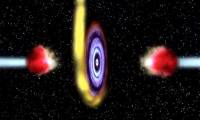
black holes exist in many different forms, from the oldest black hole that was born 770 million years after the big bang or the largest black hole has billions of times the mass of
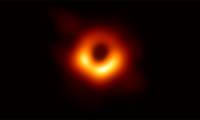
the first image of the black hole was announced by international scientists in the event horizon telescope (eht) program at the press conference held at 20:00 last night, april 10,

the plasma flow from the black hole produces a large amount of radiation, especially high-energy x-rays and gamma rays, which can destroy anything on their path.

let's go back in time to learn about gravitational wave detection and see how important it is for world science.

japanese astronomers discovered a supermassive black hole hidden in a cloud of suspended gas near the center of the milky way with a diameter of up to 1400 billion km and a mass of

can an atomic bomb be able to destroy a cosmic black hole?

this finding could affect how we simulate the formation of stars and planets, and even help us discover a theoretical form of radiation that explains the black hole's death (flight

a black hole is a concept that is no longer new to most astronomers and physicists. in this article i will try to write in a short and understandable way possible about the

black holes, an area in spacetime that has tremendous gravity can swallow everything like stars, planets ... so if a black hole is close to the earth, what will happen, at has the

in the first part, we learned how a black hole grows, the number of supermassive black holes in the universe ... in this next section, we will learn some other interesting

ignoring the story of intense black holes, glowing energy or glowing gas, the stealthy concept of black holes is causing astronomers to fall back.

the 2017 nobel prize for physics was awarded to three scientists rainer weiss, barry c. barish and kip s. thorne for their discovery of gravitational waves, ripples in the space
 the energy emitted from the sun in 1 second can heat up 3,200 billion fast meals.
the energy emitted from the sun in 1 second can heat up 3,200 billion fast meals. in 2017, scientists discovered many interesting things, helping people expand their understanding of the world. with the advancement of scientific technology, the mysteries of
in 2017, scientists discovered many interesting things, helping people expand their understanding of the world. with the advancement of scientific technology, the mysteries of black holes exist in many different forms, from the oldest black hole that was born 770 million years after the big bang or the largest black hole has billions of times the mass of
black holes exist in many different forms, from the oldest black hole that was born 770 million years after the big bang or the largest black hole has billions of times the mass of the first image of the black hole was announced by international scientists in the event horizon telescope (eht) program at the press conference held at 20:00 last night, april 10,
the first image of the black hole was announced by international scientists in the event horizon telescope (eht) program at the press conference held at 20:00 last night, april 10, the plasma flow from the black hole produces a large amount of radiation, especially high-energy x-rays and gamma rays, which can destroy anything on their path.
the plasma flow from the black hole produces a large amount of radiation, especially high-energy x-rays and gamma rays, which can destroy anything on their path. let's go back in time to learn about gravitational wave detection and see how important it is for world science.
let's go back in time to learn about gravitational wave detection and see how important it is for world science. japanese astronomers discovered a supermassive black hole hidden in a cloud of suspended gas near the center of the milky way with a diameter of up to 1400 billion km and a mass of
japanese astronomers discovered a supermassive black hole hidden in a cloud of suspended gas near the center of the milky way with a diameter of up to 1400 billion km and a mass of can an atomic bomb be able to destroy a cosmic black hole?
can an atomic bomb be able to destroy a cosmic black hole? this finding could affect how we simulate the formation of stars and planets, and even help us discover a theoretical form of radiation that explains the black hole's death (flight
this finding could affect how we simulate the formation of stars and planets, and even help us discover a theoretical form of radiation that explains the black hole's death (flight a black hole is a concept that is no longer new to most astronomers and physicists. in this article i will try to write in a short and understandable way possible about the
a black hole is a concept that is no longer new to most astronomers and physicists. in this article i will try to write in a short and understandable way possible about the black holes, an area in spacetime that has tremendous gravity can swallow everything like stars, planets ... so if a black hole is close to the earth, what will happen, at has the
black holes, an area in spacetime that has tremendous gravity can swallow everything like stars, planets ... so if a black hole is close to the earth, what will happen, at has the in the first part, we learned how a black hole grows, the number of supermassive black holes in the universe ... in this next section, we will learn some other interesting
in the first part, we learned how a black hole grows, the number of supermassive black holes in the universe ... in this next section, we will learn some other interesting ignoring the story of intense black holes, glowing energy or glowing gas, the stealthy concept of black holes is causing astronomers to fall back.
ignoring the story of intense black holes, glowing energy or glowing gas, the stealthy concept of black holes is causing astronomers to fall back. the 2017 nobel prize for physics was awarded to three scientists rainer weiss, barry c. barish and kip s. thorne for their discovery of gravitational waves, ripples in the space
the 2017 nobel prize for physics was awarded to three scientists rainer weiss, barry c. barish and kip s. thorne for their discovery of gravitational waves, ripples in the space